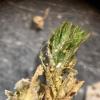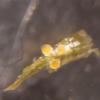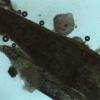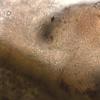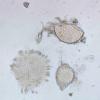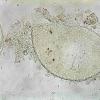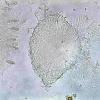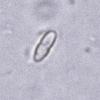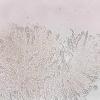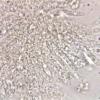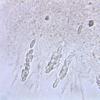
30-12-2025 16:44
Pascal DucosBonjour,Une anamorphe rose stipitée, très nombre

30-12-2025 17:14
 Bernard CLESSE
Bernard CLESSE
Bonjour à toutes et tous,Pourriez-vous aider Albe

29-12-2025 10:15
Hulda Caroline HolteHello, I found and collected this propoloid ascom

30-12-2025 09:04
Hello.A Pyrenomycete sprouting sparsely but very d

29-12-2025 17:44
Isabelle CharissouBonjour,J'aimerais savoir si d'autres personnes au

12-11-2021 00:03
Lepista ZacariasHi everybody,A week ago in my fiels trip I noticed

29-12-2025 17:12
 Bernard CLESSE
Bernard CLESSE
Bonjour à toutes et tous,Pourriez-vous m'aider à
I must refer to Elisabeth Stöckli's item "Nectria" with link: http://www.ascofrance.com/forum?page=1
In order not to disturb the flow of Elisabeth's item, I am launching a new item on the forum although I am convinced it is about the same species.
On 23 February 2023, I found on twigs of Sambucus nigra covered with Xanthoria parietina and Orthotrichum affine several small to very small fruiting bodies. On the rhizoids of O. affine it was Octospora affinis but on the leaves there were orange/pink perithecia singly or in small groups. They were apparently loose on the leaves (some anchor hyphae?).
Preparations were difficult to make and photography was no sinecure either. When applying a coverslip, the perithecia shot away from under the glass. To recover the fruiting bodies during a second attempt, I had to insert a piece of leaf along with the FRB's. Due to the very small size and high transparency, focusing was difficult (limitation quality microscope!).
FRB: 195 x 185 µm
Asci: 35-40 x 5-6.8 µm
Spore: 6-8.5 x 2.3-3 µm; subcylindrical with 1 septa, constricted at the septa
Melzer: negative
Following on from item by Elisabeth probably Nectria hirta ? I myself have little experience with this genus.
Many thanks for any comments,
François Bartholomeeusen
Interesting collection and it must be the same as found by Elisabeth. Clearly, the fungus is quite widespread and should be searched for on Orthotrichum / Lewinskya affinis at this time of year.
As for the ID, I guess it must be undescribed. I am not familiar with anything quite like it in Europe though Peter Döbbeler would know for sure. My guess is Bryocentria but additional work would be needed to confirm. I am happy to check some if you have enough material, please e-mail me if you are interested.
All the best,
George



